Kitchen Flooring Options Explained
The days when kitchens were used purely for cooking and dining are long behind us. This busy heart of the home should be a multi-functional space that caters for all the family. In such a high traffic area, it’s essential to select a kitchen flooring that’s practical, durable and stylish.
As well as specifying a product that complements the overall look of the room, you’ll want to choose a low-maintenance material that’s easy to clean in case of spills while you’re cooking or washing up. Among other considerations, the surface you go for should also be stain resistant and able to withstand the extra heat and humidity generated as you’re crafting your culinary masterpieces.
Design & lifestyle
As with any element of your self-build or renovation project, the practicalities are just as important as the aesthetics. “Kitchens are one of the most heavily used spaces in the home, and you therefore need a product that will be durable, easy to clean, waterproof and stain-resistant,” says Alice Dunbar, design consultant at Harvey Maria.
One key factor to consider is who will use the room on a daily basis. If your household includes small children or occupants with mobility issues, it’s important to install a surface that’s flush throughout to minimise the risk of tripping. “An engineered wood floor facilitates this, as its stable construction allows large areas to be laid without divisions, and threshold strips are restricted to doorways,” explains Harvey Booth, UK manager at Kahrs.
On the other hand, vinyl products are known for their slip-resistant qualities and are likely to be more forgiving than hard surfaces, such as stone, in the event of any tumbles. But, that’s not to say that stone tiles wouldn’t work well in this busy area. “Honed or aged surfaces will provide a reasonable amount of friction, and would therefore be practical from an anti-slip perspective,” says Charles Maggetts, manager at Martin Moore Stone.
If you’re keen to run the same material seamlessly through different zones, it’s important to plan carefully. If the flooring flows through areas that receive heavy footfall, such as the hallway, opting for a vinyl surface that disguises any muddy footprints could be ideal. For example, a wood-effect product with a lively grain and plenty of colour variation would help cover up dirty marks.
For flooring that streams from the culinary zone into the garden, choose something that will be able to withstand the harsher outdoor conditions. Slate and granite are popular due to the striking aesthetic they achieve.
“You should choose a frost-proof material in a finish that prevents it from becoming slippery when wet,” advises Jason Cherrington, director at Lacipida. “You also need to take the depth of the stone into account, as exterior paving is often thicker than what you would use inside the house.”
Stone floors for kitchens

The warm tones of this characterful aged French limestone range from beige to tan, with scattered fossils featured across the surface. Aged Bourgogne, £130 per m2, Martin Moore Stone
Prized for its sheer beauty and excellent durability, stone is a solid contender for the culinary zone. It offers a classic, timeless aesthetic and its good thermal conductivity makes it an outstanding partner for underfloor heating (UFH). Main options for the kitchen include limestone, sandstone, marble, slate and granite.
“There’s a wide variety of finishes to choose from, so the best starting point would be to visit a couple of local showrooms to view the products and decide which you like,” says Charles from Martin Moore Stone. Bear in mind that something with a matte, closed surface won’t collect dirt, and will therefore be easier to maintain – particularly in the kitchen. Polished surfaces are not recommended as they can be slippery when wet.
Upkeep is fairly straightforward – simply sweep and mop with natural soap on a regular basis. Due to its porosity, stone needs to be professionally sealed when it’s fitted, and then every four to five years subsequently so it continues to look its best.
It’s also important that tiles are installed above a level subfloor. British Standards recommend that freshly laid screeds are allowed to dry for six weeks before any flooring is fitted. Laying stone tiles before the screed has dried thoroughly can increase the risk of cracking.
Offering a potential lifespan of hundreds of years, stone is a superb investment for the home. But it does come with a hefty price tag. “Premium grade products will start from £40 per m2, however, more exclusive varieties with specialised finishes can fetch prices of £150 per m2 and above,” says Charles.
Porcelain tile flooring
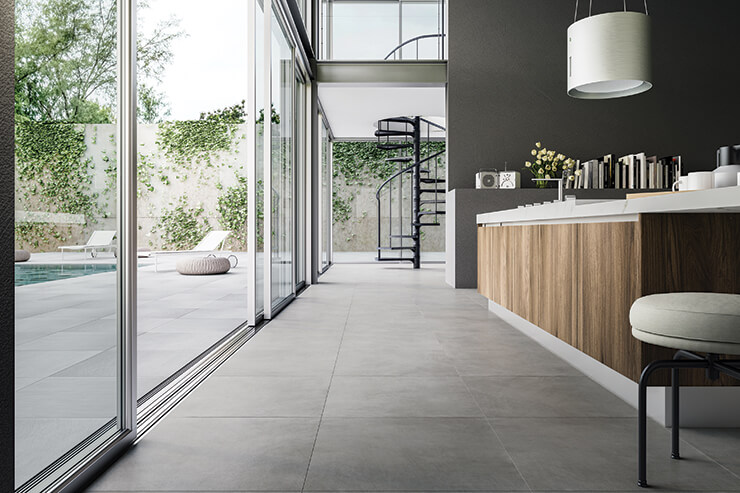
The smooth, cloudy grey of these porcelain tiles establishes a cool, contemporary feel throughout the culinary zone. Wide Slate Recall, £50 per m2, Refin
Waterproof, durable and easy to clean, these practical products are available in a wealth of shapes, colours and styles. They’re dense, fine-grained and smooth, and can be used to complement an array of design schemes. Full-body products are through-coloured, so they tend to hide scratches well.
“Before purchasing any tiles, ensure that they are slip-resistant and suitable for use in the kitchen,” says Paolo Cesana from Refin. Most manufacturers recommend hiring a specialist fitter to lay your flooring. However, this kind of project isn’t beyond the realms of possibility for a competent DIYer.
“Before going ahead, check that the substrate is stable, dry, mature and clean,” says Paolo. Bear in mind that a protective sealant will also need to be applied to protect the grout between each tile – and you may wish to add a coating to the tiles, too, to prevent staining.
On the downside, some people find porcelain flooring is cold and unforgiving underfoot. To counter this, many homeowners choose to pair it with UFH to boost their kitchen’s comfort factor.
In terms of cost, porcelain tiles will set you back anywhere between £20-£50 per m2 depending on the design and finish you choose.
Engineered wood floors
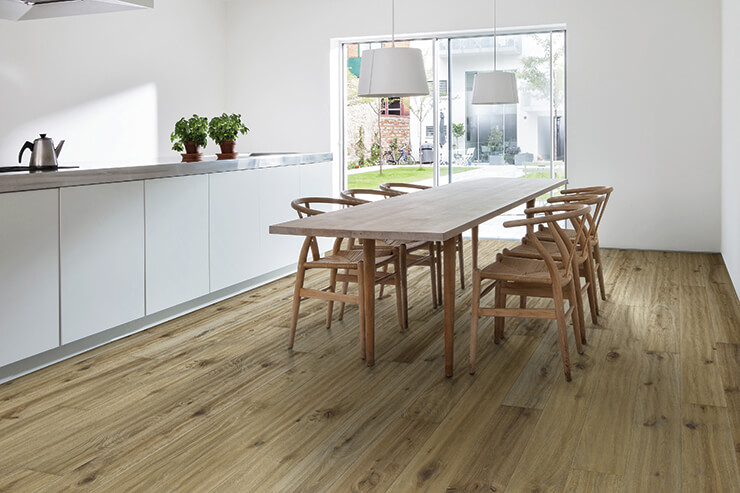
Oak flooring will bring instant warmth and classic allure to the kitchen decor scheme. These engineered boards feature a brushed and handscraped finish. Oak More, Smaland collection, from £80 per m2, Kahrs
Few floor coverings offer the same natural warmth and timeless appeal as solid timber. However, wood is a hygroscopic material that expands in warm, humid environments and contracts when it’s cool and dry.
As such, engineered planks are generally thought to be more robust for areas like the kitchen than solid versions. “This kind of man-made board is constructed in layers to minimise its movement, so it expands and contracts as a complete floor – whereas with solid wood, the individual boards move more independently. Quality locking joints also eliminate the risk of gaps or problems associated with humidity,” says Harvey from Kahrs.
Typically, engineered products comprise a surface veneer of high quality wood affixed to cross-laid sheets of softwood and/or ply. Hardwood top-layers provide a heavy-duty option for busy areas like the kitchen.
Another benefit is that wood flooring will not date in terms of style. Rustic, hand-distressed products are particularly popular at the moment, as are patterned parquet varieties featuring herringbone and chevron designs. “Engineered wood is also more forgiving than other hard surfaces when items are dropped, and it’s very easy to keep clean,” says Harvey.
In terms of maintenance, regular sweeping and mopping are required. Extra coatings of lacquer or oil are also recommended after installation to protect the floor from spillages. Engineered products tend to range from £12 to £30 per m2 in price, however, top of the range versions could cost as much as £100 per m2.
Luxury vinyl tiles (LVTs)
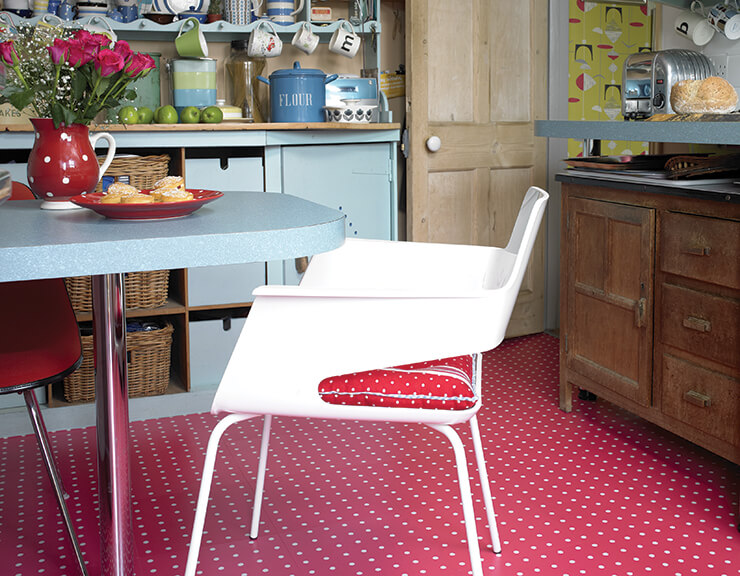
The deep red hue and spotted print of these luxury vinyl tiles, from the Cath Kidston collection, make a daring design statement. £36 per m2, Harvey Maria
Hardwearing, low-maintenance and easy to clean, high quality vinyl goods are a popular choice for the cooking zone – particularly for those working with a tight project fund.
If you want to introduce a bright pop of colour to the hub of your home, LVTs may well provide the solution. “Unlike basic vinyl products that can be rolled up, LVTs are rigid and thus more durable. This makes them ideal for use in spaces with heavy footfall,” says Harvey Maria’s Alice. “A stunning array of colours and designs are on offer, and a huge trend in recent months has been to combine various finishes to achieve a unique combination of pattern, colour and texture.”
Vinyl is also a smart option if you’re looking to recreate the natural appeal of stone or timber flooring without the weighty price tag. Companies such as Moduleo offer a wide collection of products designed to mimic these natural materials. Prices start from approximately £9 per m2, but you can expect to pay within the range of £20-£50 per m2 for good-quality designer options.
Image (top): Moduleo Persian walnut 2083 wood-effect vinyl flooring

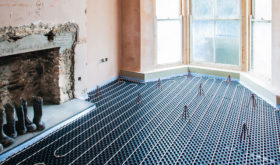





























































































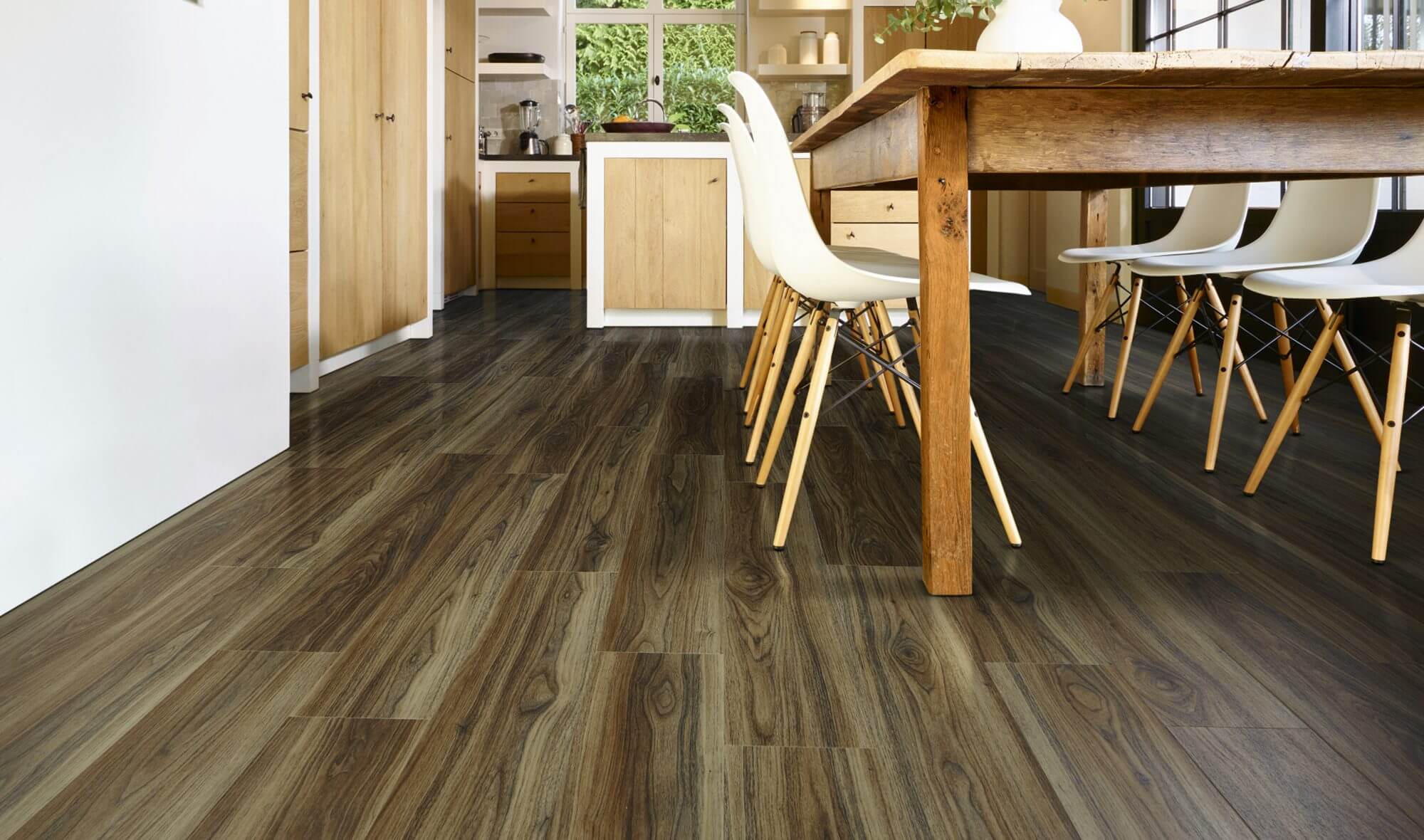
 Login/register to save Article for later
Login/register to save Article for later




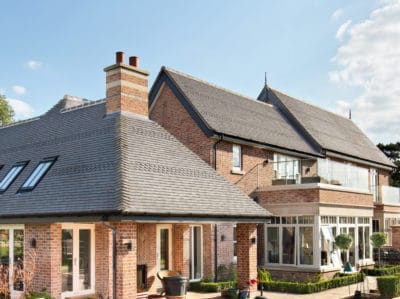
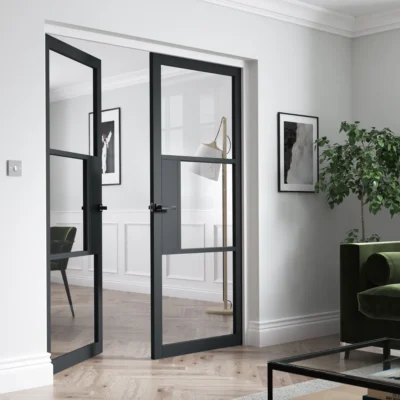
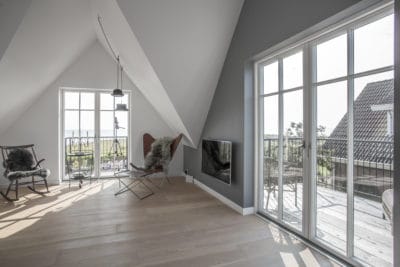
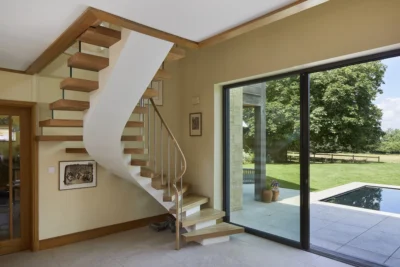





Comments are closed.